Fungal infection Treatment
Get expert Fungal Infection Treatment at Derma Solutions! Say goodbye to itching, redness, and discomfort with advanced dermatology care. Safe, effective, and personalized solutions for healthy skin. Book your appointment today!

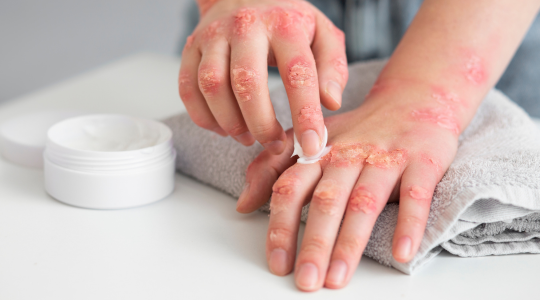
Fungal infections are a common problem that affects many people. They can occur on the skin, nails, and in the body’s internal organs. Fungal infections can be caused by a variety of different types of fungi, including yeasts and molds.
Some of the most common symptoms of fungal infections include itching, redness, and flaking of the skin.
In more severe cases, fungal infections can cause painful cracking and peeling of the skin, as well as thick, discolored nails.
Some of the most common symptoms of fungal infections include itching, redness, and flaking of the skin.
In more severe cases, fungal infections can cause painful cracking and peeling of the skin, as well as thick, discolored nails.
Types of fungal infections
Athlete foot Athlete’s foot Also known as tineapedis, is a common fungal infection that primarily affects the skin on the feet. Symptoms of athlete’s foot include itching, burning sensations, redness, and peeling skin on the feet, particularly between the toes. In some cases, blisters or ulcers may develop, leading to further discomfort. Fortunately, athlete’s foot can often be effectively treated with over-the-counter antifungal creams or powders. It’s important to follow the recommended treatment regimen and maintain good foot hygiene to prevent recurrence.
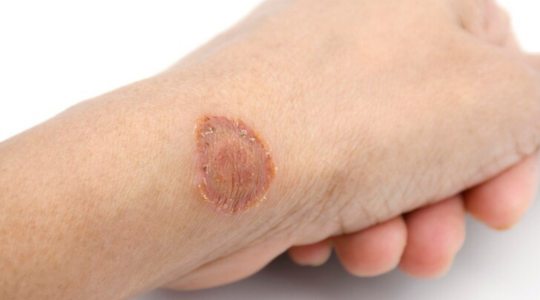
Ringworm (Tinea Corporis)
Ringworm, despite its name, is not caused by a worm but rather a fungal infection. Ringworm can affect various parts of the body, including the skin, scalp, nails, and groin area. Ringworm is highly contagious and can be transmitted through direct contact with an infected person, animal, or contaminated objects such as clothing, towels, or combs. The characteristic symptom of ringworm is a red, circular rash that may be itchy, scaly, and raised at the edges. Treatment for ringworm typically involves the use of antifungal medications
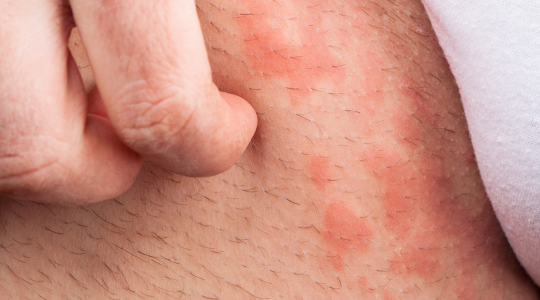
Jock Itch
Jock itch Jock itch, also known as tinea cruris, is a common fungal infection that affects the groin area. It is caused by the same group of fungi that cause athlete’s foot and ringworm. Symptoms of jock itch include redness, itching, a rash in the groin area, and sometimes a burning sensation. The infection is often caused by excessive moisture, friction, or poor hygiene in the groin region. Jock itch can be effectively treated with antifungal creams or powders, along with good hygiene practices and keeping the affected area clean and dry.
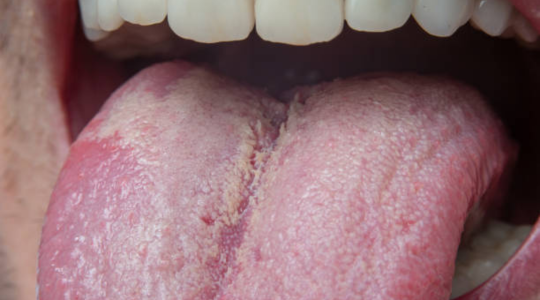
Yeast Infections
Yeast infection, also known as candidiasis, is a common fungal infection caused by an overgrowth of Candida yeast. It can occur in various parts of the body, such as the vagina (vaginal yeast infection), mouth (oral thrush), or skin folds. Symptoms of a yeast infection may include itching, redness, swelling, and abnormal discharge. Risk factors include weakened immune system, hormonal changes, antibiotic use, and poor personal hygiene. Treatment for yeast infections typically involves antifungal medications, such as creams or oral tablets, along with lifestyle adjustments and good hygiene practices.

Nail Fungus (Onychomycosis)
Nail fungus, also known as onychomycosis, is a common fungal infection that affects the nails. It is caused by various types of fungi, particularly dermatophytes, which thrive in warm and moist environments. Symptoms of nail fungus include thickened, discolored, brittle nails that may become distorted or separated from the nail bed. Risk factors include wearing tight shoes, having damaged nails, prolonged exposure to damp environments, and compromised immune system. Treatment options for nail fungus include oral antifungal medications, topical antifungal solutions, and in severe cases, surgical nail removal. Consistency and patience are important as treatment can take several months for complete resolution.
Who is at the risk of developing a fungal rash ?
You may have a higher risk for developing a skin rash if you:

Have a weakened immune system

Take long-term or high-dose antibiotics.

Have excess weight.

Have diabetes.

Not drying your skin completely after a shower or wash

Walking barefoot in shower and wet locations

If you come into contact with a person or animal with fungal infections.

Try a new skin care product.

Experience incontinence (for example, babies getting diaper rashes).

Sweat heavily.

Are pregnant.
Fungal Infection Treatment and Symptoms
Topical antifungal creams or ointments, which are applied directly to the infected area.
Oral antifungal medication, which is taken by mouth.
Topical or oral antifungal medications that are used for severe or invasive fungal infections.
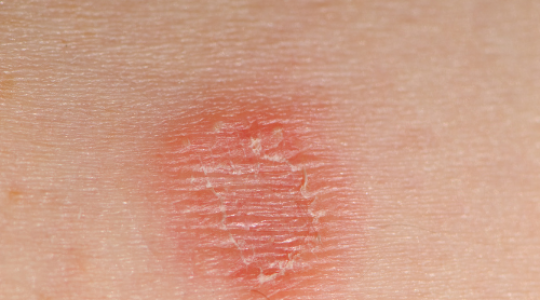
Ringworm
It’s a skin infection that’s caused by mold like fungi that live on the dead tissues of your skin, hair, and nails.
The lesion caused by this infection resembles a worm in the shape of a ring, which is why it got its name.
Ringworm Symptoms
Symptoms vary depending on where the infection occurs. With a skin infection, you may experience the following:
- Itchiness
- Itchy or scaly patches that are red, brown, or grey, or raised areas of skin called plaques
- Round, flat patch of itchy skin
- Patches that develop blisters or pustules
- Patches that resemble a ring with deeper color on the outside
- Patches with edges that are defined and raised
- Overlapping rings
- Hair loss
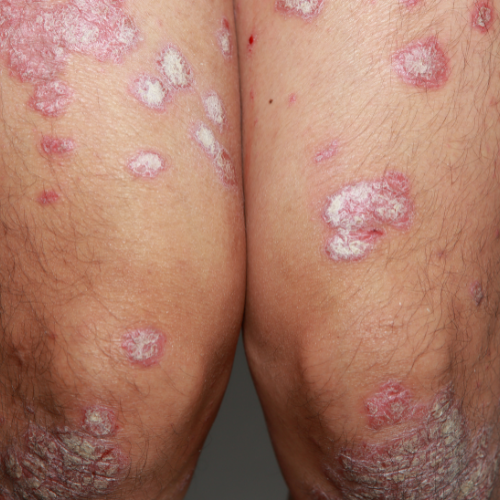
What is a ringworm caused by?
Human to human: You can get the infection if you come in contact with a person who has ringworm or if you share personal items, such as combs or towels.
Animal to human: You can get ringworm after touching an affected animal or even items the animal has come in contact with.
Object to Human: You may get the infection if you come in contact with an object or surface that has it
Soil to human: Humans and animals can get ringworm after direct contact with soil that is carrying the fungi.
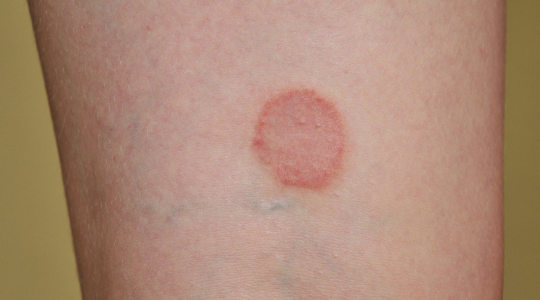
Ringworm Treatment
Your doctor may recommend both medications and lifestyle adjustments to treat ringworm.
Ringworm of the body can be treated with topical medications
Some severe cases may be treated with oral medications.
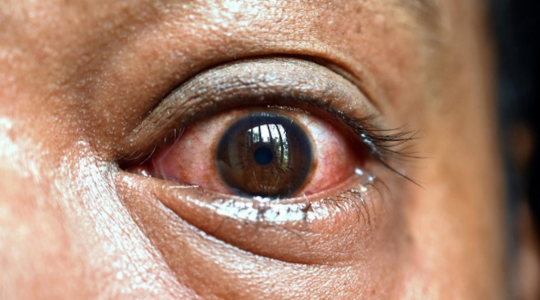
Black Fungus Infection
Mucormycosis, also known as black fungus, is a rare but dangerous infection.
It’s caused by a group of molds called mucormycetes and often affects the sinuses, lungs, skin, and brain.
The infection can happen to anyone at any age. Most people will come into contact with the fungus at some point in their everyday lives.
or because you have a health condition like:
Diabetes, HIV or AIDS, Cancer, Long-term steroid use, High levels of iron in your body, etc.
Black Fungus Infection Symptoms
The symptoms of mucormycosis will depend on where in your body the fungus is growing. They may include:
- Fever
- Cough
- Chest pain
- Shortness of breath
- Swelling on one side of your face
- Headache
- Sinus congestion
- Sinus congestion
- Belly pain
- Nausea and vomiting
- Gastrointestinal bleeding
- Blood in your stool
- Diarrhea
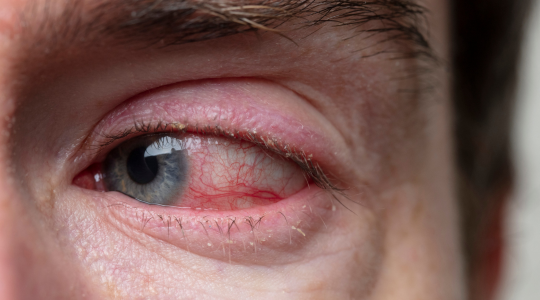
Black Fungus Infection Treatment
If you’re diagnosed with mucormycosis, you should start treatment as soon as possible with prescription antifungal medications.
These medicines stop the growth of the fungus, destroy it, and bring the infection under control.
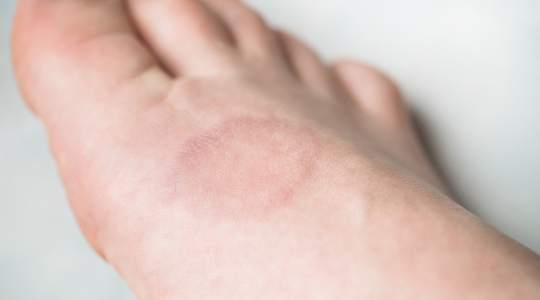
What is the best treatment for fungal infection?
Your skin Specialist would recommend antifungal creams to treat fungal infections of the skin, scalp and nails.
They include clotrimazole, econazole, ketoconazole, miconazole, tioconazole, terbinafine, and amorolfine.
Your Skin specialist would also include antifungal medicines like Clotrimazole, Econazole, Miconazole, Terbinafine,
Fluconazole, Ketoconazole, Amphotericin etc.
Enhance your beauty
Reveal your natural glow with expert beauty treatments designed to enhance your confidence.

Book an appointment

Get your schedule

Meet with our expert

Your skin feels new
Celebrate Your Unique Beauty
Book your experience
Our expert team is ready to help you achieve radiant, healthy skin with treatments tailored just for you.




